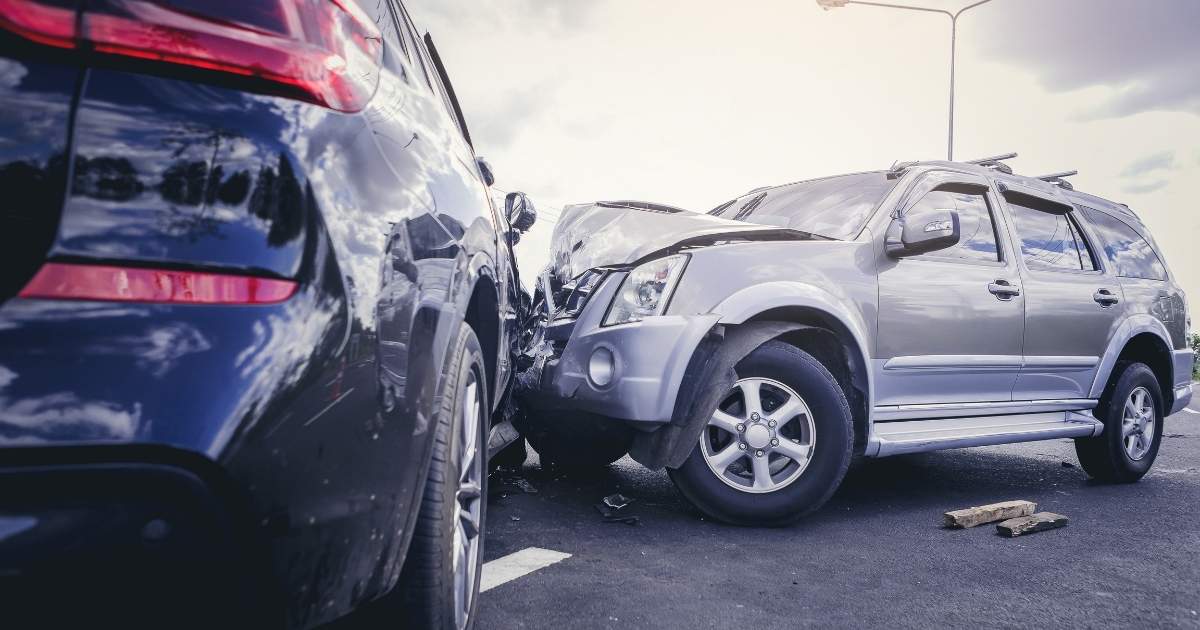Common Causes of Head-On Accidents
The National Highway Traffic Safety Administration (NHTSA) reports that head-on vehicle crashes represent about 2% of all accidents. However, head-on collisions cause 10.9% of the deaths in traffic accidents. The chances of dying in a head-on crash are about five times higher than in other types of traffic accidents.
Knowing how dangerous a head-on collision might be, it is helpful to consider the common causes of head-on accidents, which are:
Distracted Driving
Using a mobile phone to talk or send text messages while driving is a major cause of traffic accidents. Looking down to the cellphone screen for a brief moment is enough time to allow your vehicle to drift in the lane and then drive in the direction of oncoming traffic.
Do not use a cellphone while driving unless you have a hands-free connection.
Falling Asleep at the Wheel
Driving while tired or sleepy is very dangerous. A phenomenon called road hypnosis causes a person to become drowsy after driving for a long period.
If you must take a long drive, be sure to take frequent breaks, have a cup of coffee, and stretch your legs to keep from being fatigued while driving. If you feel overwhelmed by sleepiness, stop and rest for a night before going further.
Driving Under the Influence
Being under the influence of alcohol or drugs makes a driver impaired. This impairment may include illegal drugs or prescribed drugs that have side effects, such as causing drowsiness. A common problem of an impaired driver is swerving in a lane.
Do not use alcohol or drugs before going for a drive or while driving. Be careful of drug interactions and the side effects of taking prescription drugs.
Passing Vehicles
Passing slower traffic on a two-lane road is dangerous. A driver may underestimate the time needed to pass safely. The driver may not get the vehicle back into the lane in time to avoid a head-on collision. There might not be an unobstructed view of the oncoming traffic, giving enough distance to pass safely. A vehicle may not have the motor strength to speed up quickly enough to pass effectively.
Use extreme caution when overtaking a vehicle. Follow the signs that permit or prohibit passing. Be sure to allow plenty of distance, looking far down the road, and give your vehicle enough time to pass safely.
Bad Weather
Weather conditions may make it difficult to see the road markings. Driving in fog or during heavy rain is dangerous. Low visibility is one reason that makes a head-on collision more likely.
If possible, avoid driving during bad weather. If you must drive during storms or through heavy fog, be very careful.
Violating Traffic Rules
Running a traffic light, going too fast around a curve, and driving the wrong way down a one-way street are examples of traffic rules violations that may cause a head-on collision.
Carefully follow all traffic rules. Consider using a navigation system to guide you through the streets to avoid driving the wrong way on a one-way street.
If you are involved in a head-on collision, it may be challenging to prove that the other driver was the cause of the accident. When vehicles collide head-on, they may spin and end up in ways that make a confusing crash scene. You will need a lawyer to help get a forensic examiner to re-create the accident from evidence such as the tire marks.
Call a personal injury lawyer at (281) 475-4535 to get the help you need with a free consultation.


